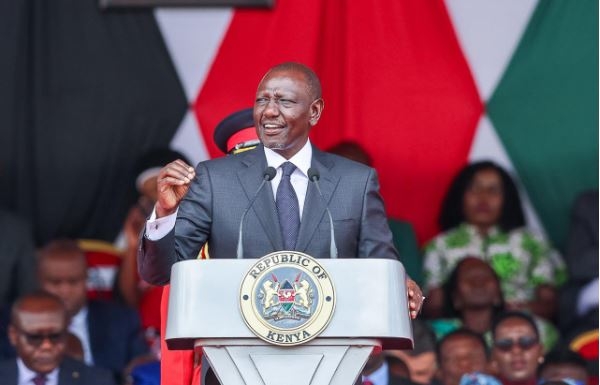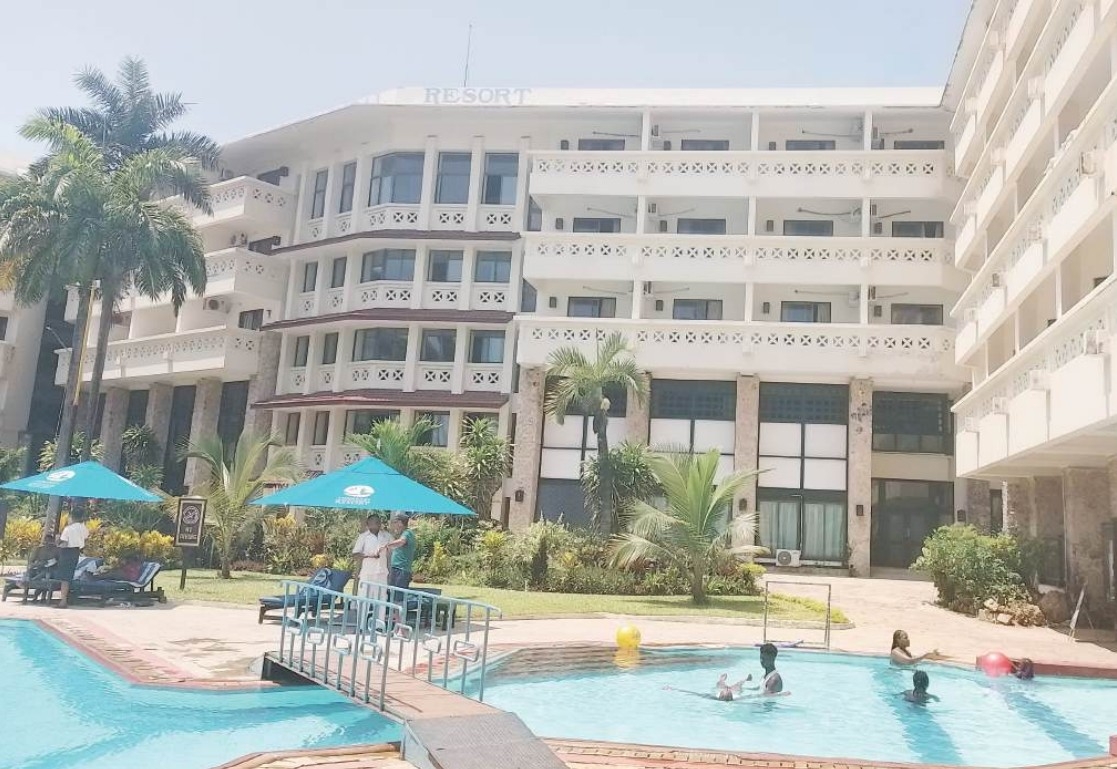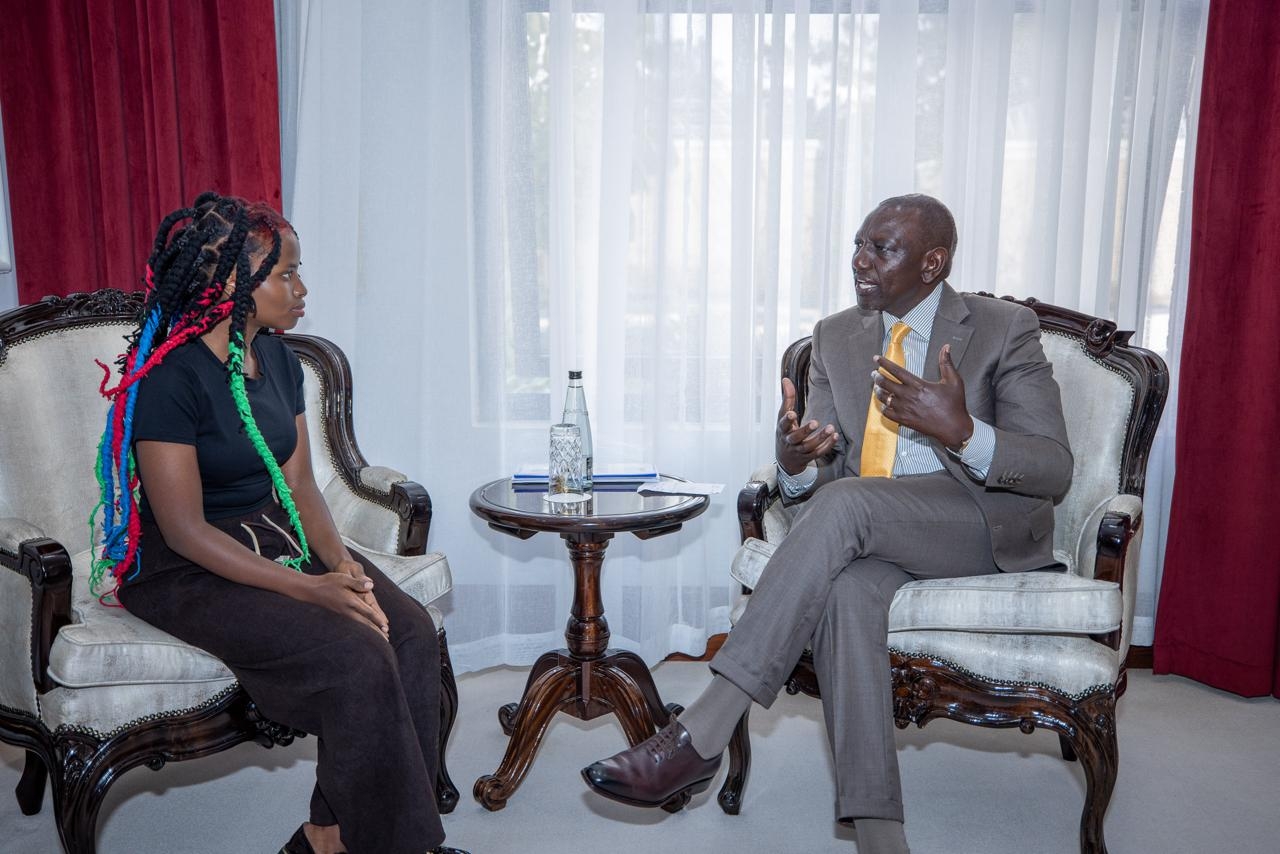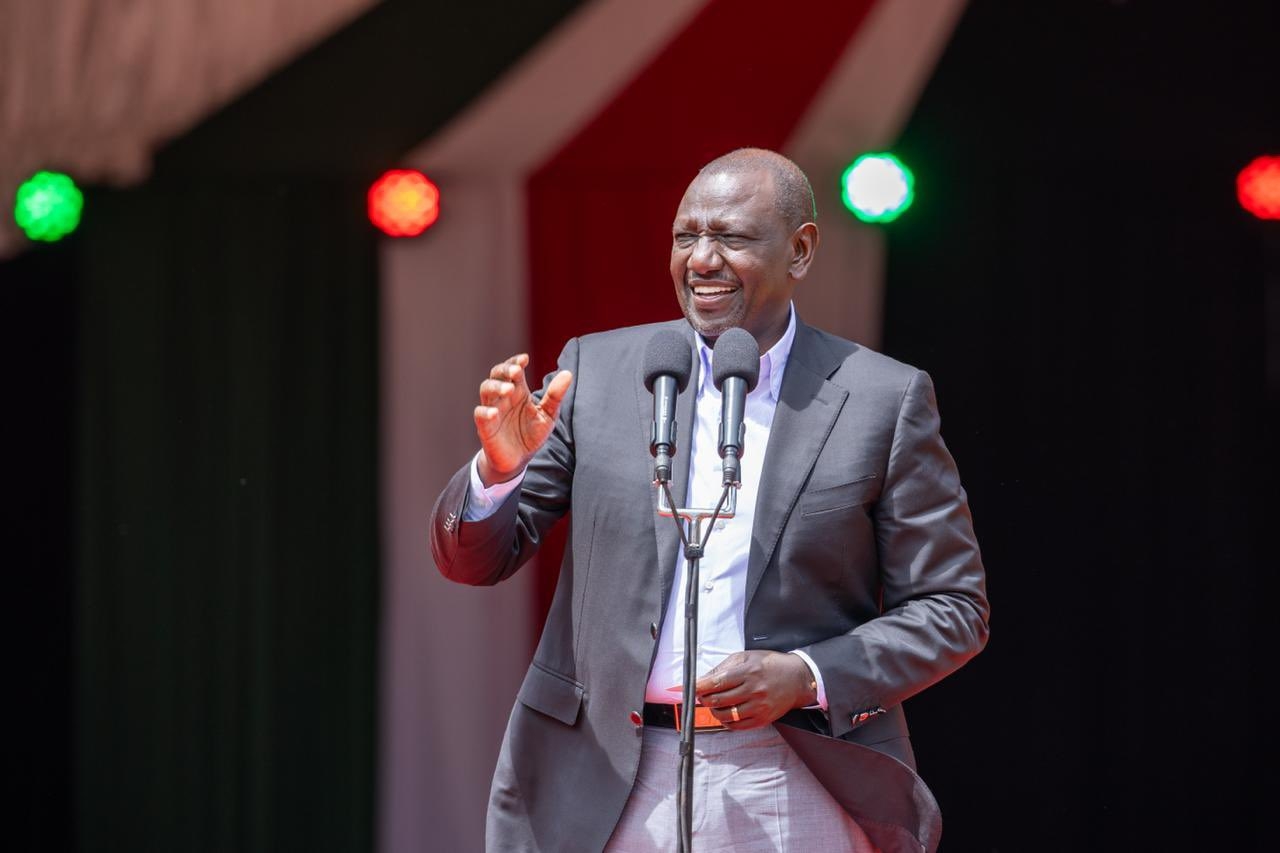
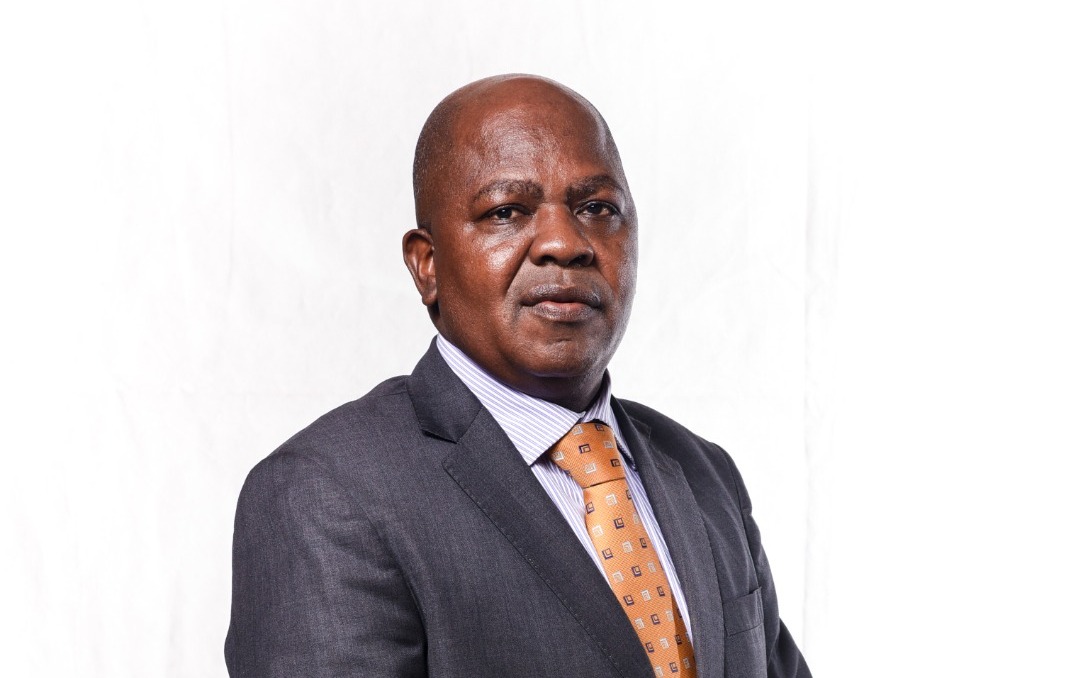
A groundbreaking vision for Nairobi’s future is steadily taking shape through the Nairobi Railway City (NRC) Project—an ambitious plan to transform the capital’s central rail hub into a modern, green, and integrated urban space.
Unveiled during a powerful plenary session on the project’s progress at the Hilton Garden Inn in Nairobi, the NRC is more than just a transport initiative.
It is envisioned as a dynamic model city that blends modern infrastructure, sustainability, and inclusive development.
“The goal is clear: a safe, clean, and green urban environment where people can move with dignity, live affordably, and access opportunity,” Kenya Railways said in a statement after the session, which brought together key voices from Kenya Railways, the Nairobi Railway City Secretariat, urban planners, and mobility experts.
At the heart of the plan is a multimodal transport hub that will seamlessly link commuter rail services to the Bus Rapid Transit (BRT) system, alongside dedicated lanes for cycling and walkways for pedestrians.
This is intended to ease congestion in the city centre, cut carbon emissions, and provide commuters with efficient and dignified travel options.
But the vision doesn’t end with transport.
The Nairobi Railway City will also feature sustainable housing options, including student accommodation, as well as spaces for Meetings, Incentives, Conferences and Exhibitions (MICE).

These elements are designed to breathe new life into the city centre, encouraging economic activity while promoting green living.
“This project will integrate sustainable housing and student accommodation and seamless connections to other modes of transport,” the statement added, highlighting the development’s broader ambitions.
The NRC is a key part of Nairobi’s transition into a modern metropolis—designed to serve not only as a functional space for commuters but also as a livable, people-centred urban hub.
Stakeholders expressed a shared commitment to ensuring the project meets global standards in urban design and transport efficiency.
“The vision is big, and we’re building it together,” the statement concluded, capturing the spirit of collaboration driving the initiative.
The Nairobi Railway City project was first introduced to the public during the UK–Africa Investment Summit held in London in January 2020.
It was presented as a transformative plan aimed at revitalising Nairobi’s central rail area into a modern, green, and integrated urban space.
The Kenyan government later gave the project formal recognition as a key national development initiative.

On May 21, 2021, it was officially declared a Project of Strategic National Importance through a gazette notice under the Physical and Land Use Planning Act.
Construction officially commenced on December 7, 2022, following a groundbreaking ceremony led by President William Ruto.
This marked the beginning of Phase I of the project, which includes development of a new central railway station, footbridges, public squares, drainage works, and locomotive maintenance sheds.
Early construction activities began in February 2023, spearheaded by Kenya Railways.
These works focused on building the core infrastructure necessary to realise the broader vision of a multimodal transport hub that integrates rail, bus rapid transit, pedestrian pathways, and green public spaces.
The Railway City project reflects Nairobi’s push to modernise its transport system and reimagine its urban core to better serve a growing population.
As the city grapples with rapid urbanisation, the Nairobi Railway City could offer a bold new blueprint—one where transport, housing, and sustainability coexist to serve a growing population.



